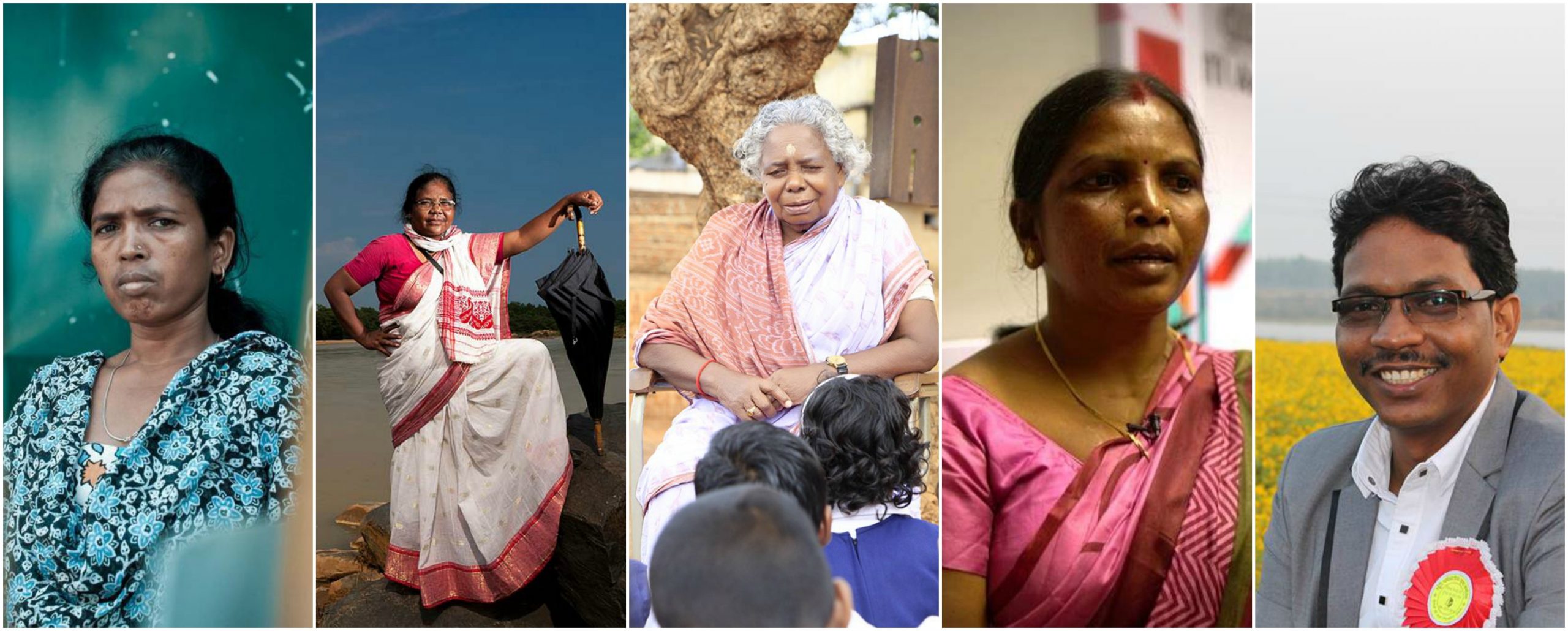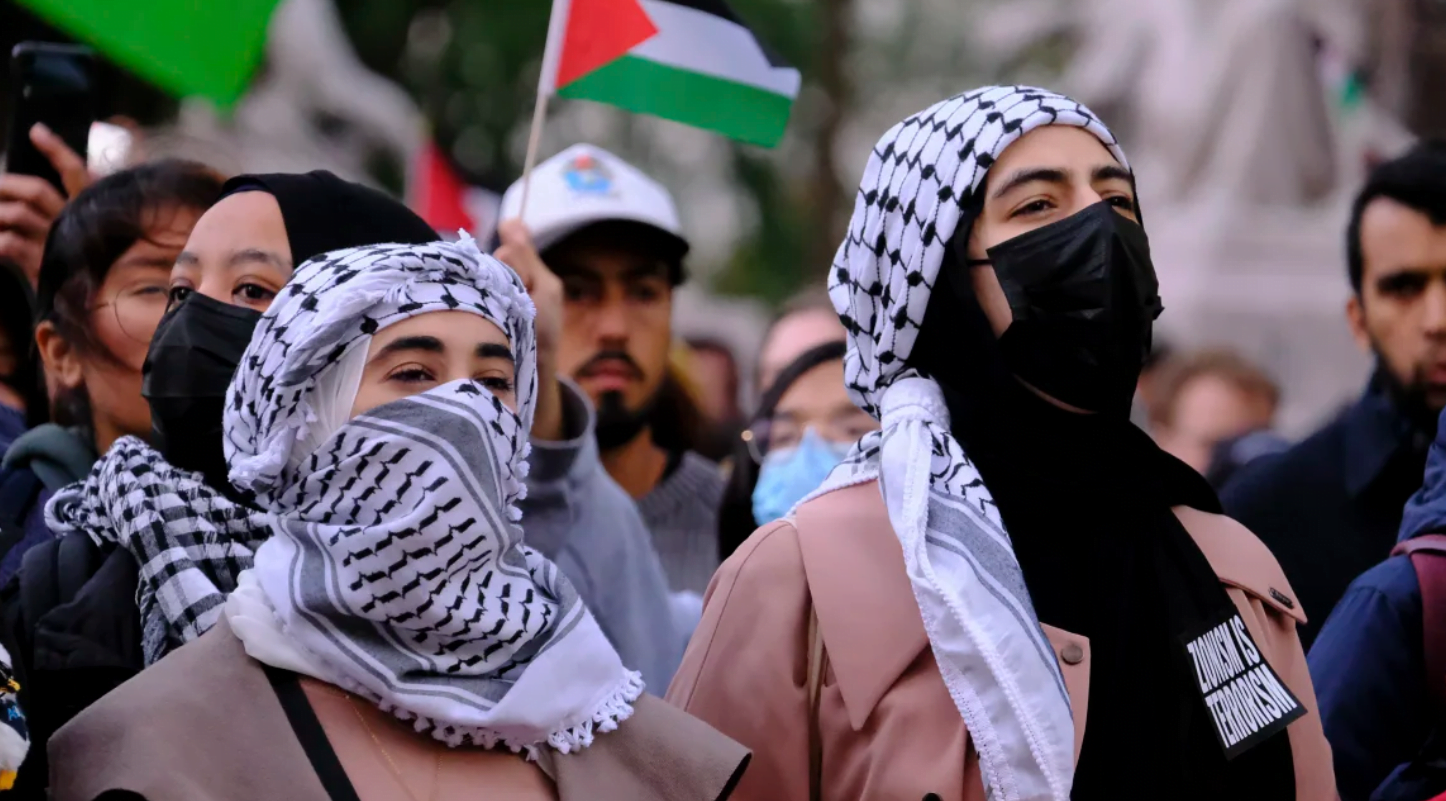Indigenous people fighting for their forest and land rights in India is a reality we cannot deny. Tribes facing discrimination when it comes to land and forest rights is the result of extremist capitalism and pseudo-development strategies. Many activists have fought against external forces, defending their forests and rights over land. Let’s take a look at some of the new faces of tribal activism!
1. Soni Sori
The country was stunned into silence in 2016 after hearing about the life of Soni Sori. The 41-year-old tribal rights activist has been a fearless and vocal critic of police violence and brutality towards tribals in the state of Chhattisgarh. In 2016, unidentified men attacked her in Chhattisgarh’s Bastar region and threw a black acid-like substance on her face. Sori was arrested on the charges of being an intermediary to the Maoists, and she had to face heinous and brutal forms of sexual violence during her time in jail. She protested against this barbaric and inhuman incident with her which gained people’s attention worldwide, leading to her release. She has indeed inspired Adivasi women to take a stand and speak against the sexual violence and assaults they have endured at the hands of the local police.
In 2018, Soni Sori was a recipient of the 2018 Front Line Defenders Award for Human Rights Defenders at Risk, in recognition of her dangerous struggle for justice for the Adivasi community in the Bastar region of Chhattisgarh.

Image Source: Frontline Defenders
Many activists have fought against external forces, defending their forests and rights over land. Let’s take a look at some of the new faces of tribal activism!
2. Dayamani Barla
Dayamani Barla is a journalist in Prabhat Khabar. This fearless tribal journalist from Jharkhand raised her voice against Arcelor Mittal’s steel plant in Eastern Jharkhand that tribal activists say would displace forty villages. “We will not give an inch of our land” says Barla. She founded Jan Hak Patrika to highlight and amplify the voices of Adivasis, Dalits and women. She is still fighting for Jal, Jungle, Jamin (Water, Forest, Land) of the indigenous people and stated that she will continue to do so. She stands firm against all the terror threats against her. She believes that for one’s own land, water and forest, we must battle. She runs a tea shop, which is her source of livelihood, alongside her journalism.

Image Source: YouthKiAwaaz
3. Tulasi Munda
Tulasi Munda is an educator and activist from Odisha. She grew up in an age post-independence when poverty and illiteracy was widespread and no form of education was available for the girl child whatsoever. She believes that the goal of education is to improve lives. Therefore, she dedicated her life to imparting education. She started an informal school in 1964 in Odisha’s iron ore mining area to educate children from local Adivasi communities, who would otherwise have ended up as child labourers in the mines. She still feels discontentment by the lives of tribals, their lost land, joblessness, authorities resentment towards Adivasis and Maoist extremism.

Image Source: Thriveni
4. Jiten Marandi
Jiten, a cultural activist from Jharkhand, was arrested in 2008 because he shared a name, along with nine others, with Naxal area commander. He said, “While the cops interrogating me for Maoist links admitted that I didn’t seem to know much, it didn’t stop them from branding me as one”. Jiten was falsely accused in all cases because of his active participation in resistance movements or tribal activism in Jharkhand. Since his acquittal, he has joined Utpeedit Bandi Sahyog Samiti, which provides legal assistance to such prisoners who are arrested as alleged Naxalites and Maoists.

Image Source: The Indian Express
5. Gyarishi Devi
Gyarishi Devi is an activist of the Sahariya tribe and a founding member of the Jagrut Mahila Sangathan (JMS). Her tribe, alike many other tribes in India, are deprived of education, health and economic facilities. She along with women of her tribe has been fighting the problem of bonded labour and overall neglect of the tribe in Baran district for more than a decade now. Gyarishi Devi and her organisation have associated themselves with Community Information Resource Centres which has enabled women from various parts of the district to raise their problems through video conferencing.

Image Source: The Better India
6. Jamuna Tudu
Jamuna Tudu is an Indian environmental activist from the Muturkham village of East Singhbhum, Jharkhand. Her quest started in 2000 when she gathered all Adivasi women of Maturkham to form a Van Suraksha Samiti against the forest mafia and poachers in Muturkham. Every Raksha Bandhan she ties rakhis to trees and pledges that she with her team will go on protecting them. She says fear has no meaning for her. She believes that the Forest Rights Act (FRA) needs to be less open-ended by affirming the role of participatory village-level forest rights committee in determining the rules pertaining to community forestland, lest people use it for commercial purposes.
Also read: Chuni Kotal: First Woman Graduate From Lodha Tribal Community
Jamuna was recently awarded India’s fourth highest civilian award, the Padma Shri for her tireless effort to protect the forests.

Image Source: Edex Live
7. Gladson Dungdung
Gladson Dungdung is a human rights activist writer, founder of the Adivasi Publications, Adivasi Hunkar and the Jharkhand Human Rights Movement. He belongs to the Kharia community of Jharkhand and is currently based in Ranchi. Through his books, he has addressed human rights issues, including police atrocities, violence against women and gross violation of the rights of indigenous peoples. “Am I a Maoist? Adivasism is not Maoism”, argues Gladson Dungdung. He wrote that the amendments proposed in the colonial-era Indian Forest Act, 1927 reflect the Centre’s attempt to grab natural resources owned by the Adivasis for generations. He is an outspoken critic of governmental policies and amendments pertaining to Adivasis.
Tribal activism has always been a powerful way to make changes in society. These activists present a bigger picture of the current state of atrocities faced by indigenous people in India.

Image Source: Counterview
Tribal activism has always been a powerful way to make changes in society. These activists present a bigger picture of the current state of atrocities faced by indigenous people in India. It’s commendable that they sought to transcend the modern domains of state to become a critique of governmental actions that violates the rights of Adivasis. It’s also saddening, however, to state that despite after more than 70 years of independence, tribes are still clustered and tangled in the labyrinth of politics. Governmental resistance against their basic necessities have forced tribes to stand for their own safety and preservation of their land rights. The need of the hour is to bring their suppressed voices to light and make a befitting place for their opinions.
Also read: Meet Chandrani Murmu: The Tribal Woman Who Is Now India’s Youngest Ever MP
Jyotsna Hans is a content writer for Adivasi Lives Matter. She is pursuing her undergraduate degree in law. She is fond of good food, good reads and good places to travel. “Through my articles, I tend to bring all tribal goodness in the limelight,” she says.
Originally written by Jyotsna Hans for Adivasi Lives Matter. Also published on Youth Ki Awaaz, this piece has been re-published on this website with consent.
Featured Image Source: YouthKiAwaaz




